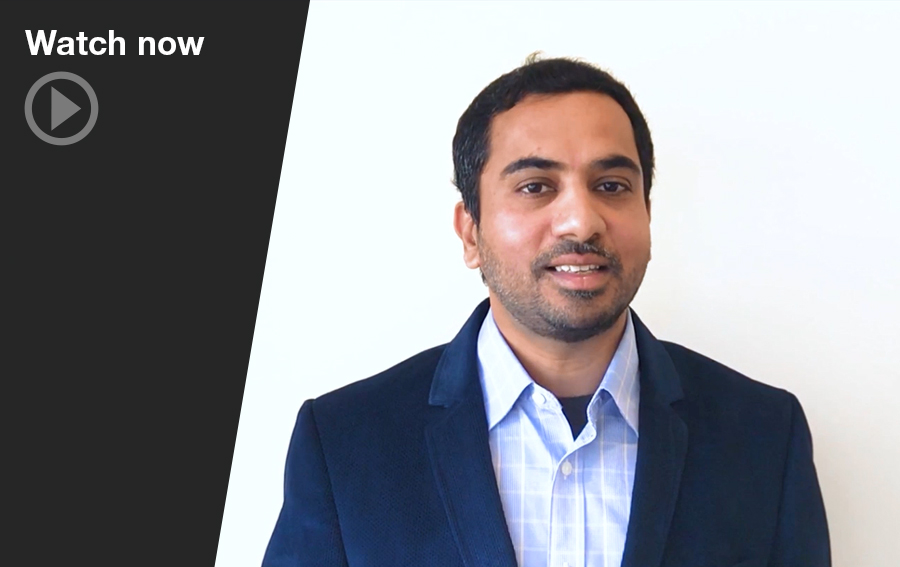Asset Management can help utilities ride the winds of electricity market change
Trends of decarbonization, digitalization deregulation and electrification have sparked changes in -our global energy landscape. It is estimated that two-thirds of the global increase in demand for energy will come from Southeast Asia as it modernises—and more than half of this increase, experts say will be met with renewable energy. In Australia, talks of bringing electricity price settlement periods (currently operated on a 30-minute basis) in line with the generator dispatch process schedule (that has operated on a 5-minute basis since 1988) continue. And in Japan, electric utilities will unbundle transmission and distribution from their generation. Changes such as these necessitate change on the part of utilities in order to continue to serve their customers and remain competitive. Because utilities rely so heavily on their critical infrastructure, an asset management strategy is central to how they adapt and thrive within this context of change.
Many utilities that have had the same asset management and maintenance procedures in place for years are finding this is no longer enough. Traditional time and usage based asset management strategies present several challenges for utilities and have resulted in difficulty optimizing productivity, maintaining critical infrastructure and developing a realistic long-term asset plan.
Challenge #1: The Need for Synergy
A common challenge for most electricity generators is that there’s a disconnect between two groups: the asset management team and the planning and trading (commercial) team.
The primary goal of an asset manager or operator is to keep utility assets in the best possible working condition. The goal of the trading team is to ensure the utility profitably sells the electricity it generates. Although it is critical for these two groups to be aligned, with a traditional asset management approach, this alignment is nearly impossible to achieve. This is because there is no common platform across which data can be shared and accessed. So, the asset manager plans equipment maintenance without comprehensive insight into market price forecasts, etc. The two groups cannot collaborate and make joint decisions if they do not share the same data and the result of this isolated decision making is productivity loss for the utility.
Challenge #2 Keeping Production at Optimum Levels
Another persistent challenge that utilities face is keeping production at optimum levels. This challenge becomes more complex when asset managers aren’t sure how much longer a certain asset or component can operate optimally before it requires maintenance. Of course, operators can ensure critical equipment is serviced regularly, but without adequate information on the current state of the equipment and the effects of the stresses it is undergoing, the asset manager will not be able to accurately perform a risk/benefit assessment associated with operating a piece of equipment. An unfortunate consequence of this lack of insight can be equipment malfunction or breakdown – and depending on the criticality of that asset, possibly even power loss and unplanned downtime which can be extremely costly for the utility.
Challenge #3: Optimal Maintenance
Another challenge with traditional asset management strategies stems from their time-usage based approach to maintenance. An asset manager is typically bound to a set rhythm of maintenance checks, repairs and replacements. On occasion, parts may be replaced long before the component is truly worn down or impacting productivity. This results in unnecessary downtime as well as an underestimation of the useful life of parts. Another conflict can arise when an asset’s maintenance is scheduled during a time of peak generation, resulting again, in loss of productivity for the utility.
Opportunity to develop new best practices
It’s clear from the examples above that a utility’s asset management strategy is intricately linked to its productivity and that productivity is becoming increasingly more important as industry trends continue to influence the competitive landscape. Because of this, a utility that transforms its asset strategy, can reap benefits that can be equally transformational. And luckily, technology has transformed as well, providing systems and solutions that provide newly transparent information about future risk profiles, the ability to test and validate scenarios, and allow operators to improve operations and maintenance as well as increase maintenance scheduling efficiency. Advanced prognostics tools can provide foresight about the future state of assets. In doing so, state-of-the-art asset performance management can provide a basis of essential information for advanced asset management decision-making – demystifying uncertainty around how key assets will fail and the impacts of those failures – which in turn will reduce costs, better determine risk, optimize maintenance strategies and increase uptime.
What Does the Future Hold for You?
Understanding how assets are performing is critical for companies seeking to deliver benefits to their customers. Hitachi ABB Power Grids has unmatched penetration within the world’s most critical infrastructure, including 50% of the top 250 global electric utilities, helping minimizing risks across their network, enhancing operational and financial performance, and executing the right strategies for the future. We would be excited to discuss your asset management plans and partner with you as you set out to transform your asset management strategy.
Hitachi ABB Power Grids Expert

Ravi Kiran
Industry Solutions Executive – APAC Utilities
Hitachi ABB Power Grids
Ravi Kiran has worked with Energy & Utilities focused enterprise applications for over 18 years. His key areas of interest include planning and optimisation solutions for both asset performance management as well as energy portfolio management. His recent work includes predictive and prognostic approach to asset risk management with a view of helping organisations mature from traditional time-based maintenance practices to condition or risk-based asset management.
Ravi has an electrical engineering degree from the National University of Singapore and an MBA from Australian Graduate School of Business, University of New South Wales.
Get the latest insights delivered straight to your inbox. You will also receive invitations to webinars, case studies and current industry topics
You may be interested in:

Collaborative asset intelligence supports better decisions, bigger revenues
Addressing the disconnect between asset management and commercial teams
Read more
Field data to fleet decisions – embarking on the journey
Practical steps to embrace a more data-driven culture.
Read more
Asset Intelligence: Get It Sooner Than You Think
How to accelerate the asset performance management value timeline.
Read more